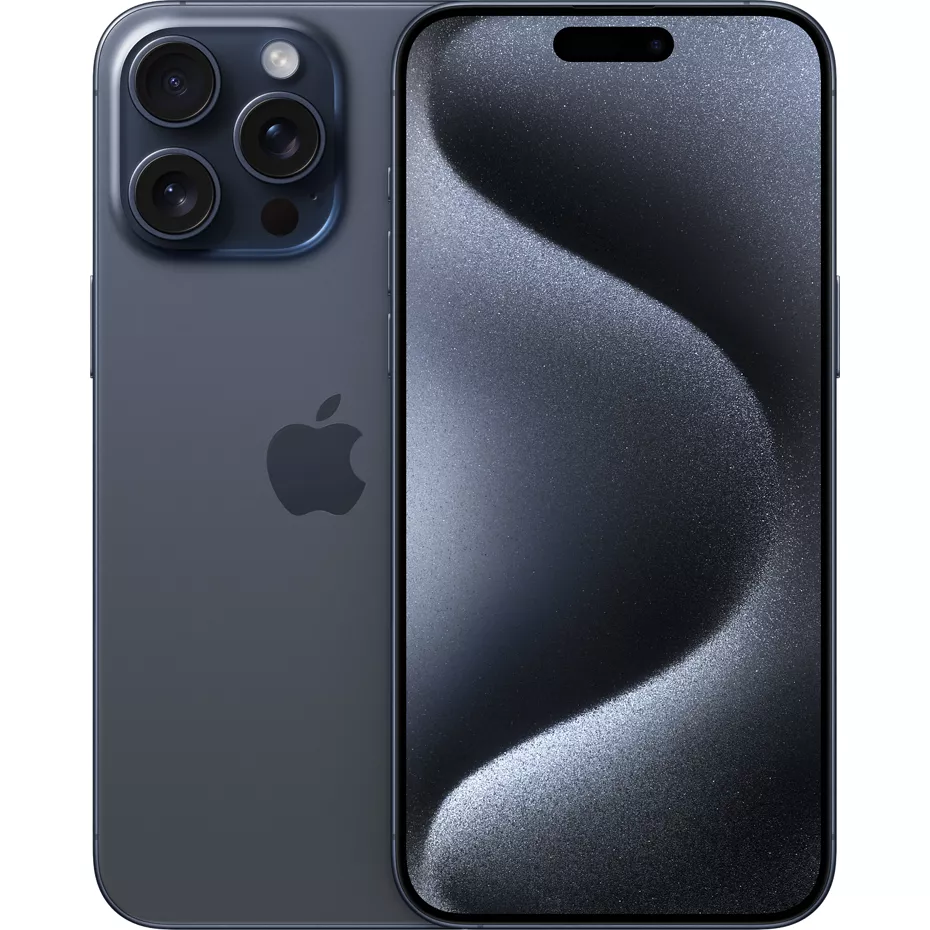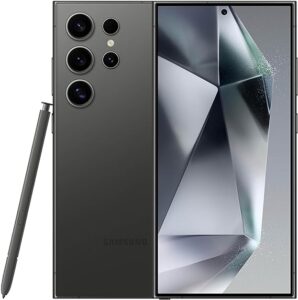The best camera is always the one you have with you, as the cliché goes. Smartphones have consequently evolved into necessary pieces of equipment. They assist in chronicling our lives and provide us with a glimpse into current events.
The greatest smartphone camera, according to most users, must have enough resolution for images to be shared on social media or printed out and framed with minimal alteration. Luckily, this is the current situation, particularly when choosing from the wide selection of mid-range to headliner products.
iPhone 15 Pro and Pro Max
The camera systems in the iPhone 15 Pro and 15 Pro Max are marginally different. The 15 Pro Max is the only device that has a 5x optical zoom.
Despite being a slight upgrade over the iPhone 14 Pro and a slight improvement over its predecessor, the iPhone 15 Pro is an excellent shooter. In fact, the color temperature in my side-by-side tests was the same for the old and new. The main camera in the iPhone 15 Pro, at the very least, has a larger aperture than the one on the iPhone 14 Pro. It manifests as slightly superior low-light performance for the 15 Pro, notably where still-life photography is concerned, as I noted in my review.
Within the camera system of the iPhone 15 Pro are:
- A 48-megapixel main camera
- An extra 12-megapixel telephoto lens featuring a 2x optical zoom
- An ultra-wide-angle 12-MP secondary camera with a 120-degree field viewpoint.
The decision between the small and large iPhone 15 Pro models hinges on one important specification. The iPhone 15 Pro can only go up to 3x optical zoom; solely the larger iPhone 15 Pro Max can go up to 5x. Although it’s not much of a difference, at that point the digital assistant’s limits become apparent.
The feature that makes the iPhone 15 Pro camera pleasant is its ability to transition between three frequently used lens lengths: 28 mm, 35 mm, and 24 mm. You may even make one of them the default, so you can prepare in advance if you’d rather take a cropped-in picture right before you take the shot.
Samsung Galaxy S24 Ultra
If you’re wondering why you would want to zoom into something that’s far away, you have to touch some grass. Wildlife abounds, and having a digital zoom is preferable than having none at all. Additionally, reporting pollution will be much simpler if you’re a snitch like me because you can support your complaint with pictures.
The Samsung Galaxy Ultra version from the last several generations has been an excellent option for taking distant pictures of flying birds, tree movement, or a flaring smoke stack. The newest model, the Galaxy S24 Ultra, includes four cameras just like its predecessors:
- A primary camera with 200 MP
- A 50 Megapixel lens
- A 12-megapixel ultra-wide lens
- a telephoto lens with 10 MP and a 3x optical zoom
The S24 Ultra is comparable to the iPhone 15 Pro Max since its primary camera has a maximum digital zoom of 100x and its secondary 50-MP lens has a maximum optical zoom of 5x. For crisper photos, I still like the 10x optical zoom on the Galaxy S23 Ultra from last year—I used to use that phone to take pictures of planes in the sky. The 50-MP camera on the Galaxy S24 Ultra is good, and it’s more understanding when I take close-up shots without using a tripod, but it lacks the sharpness of high-altitude shots compared to the S23 Ultra.
Google Pixel 8 Pro
With regard to taking star photos in particular, Google’s Pixel 8 Pro boasts some of the greatest camera algorithms available for Android devices. Yet since the Galaxy S24 Ultra’s release a few months back, despite its 48-MP primary camera and 5x optical zoom, I have remained partial to the device for reasons of clarity. Google Photos’ amazing photo editing features are where the Pixel 8 Pro really shines.
You might not get the same results. Features that remove undesired objects and forms from the backdrop, like Magic Eraser, typically function well if the object you’re removing is not too complicated. With Magic Editor, you may perform more intricate cropping tasks, such as choosing and magnifying an individual or altering the sky’s backdrop to depict a distinct time of day.
Additionally, there are very few instances where altering the background blur has improved the image, even if it is possible to do so after the fact.
Additionally, some of these capabilities will need payment through Google One, the new all-inclusive subscription service from Android. Features like HDR, Portrait Blur, Portair Light, and Magic Eraser can be unlocked with this package. These AI-powered features won’t be available to you until you subscribe.
More of Gizmodo’s top choices for consumer electronics? View our recommendations for the top phones.greatest headphones, TVs, and computers. See our guide to all we know about the iPhone 16 to discover more about the upcoming phenomenon.









